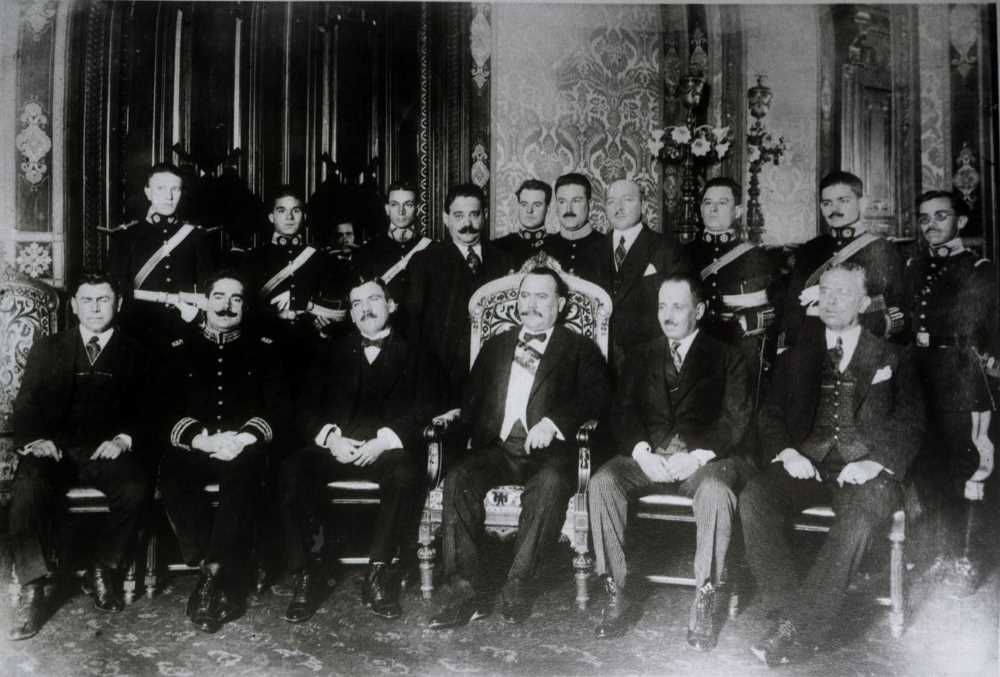How Mexico's Confidential Department Tracked Political Exiles
In 1924, as Mexico grappled with the aftershocks of the revolution, a clandestine force emerged: the Confidential Department. Created to keep tabs on political dissidents, this spy network forever altered Mexican politics.

The echoes of rebellion may have subsided on the battlefield, but they resonated profoundly in the backrooms and secret corridors of power. As Mexico was trying to stabilize itself following a revolutionary movement, the political drama was reaching a crescendo in 1924. Central to the spectacle was the formation of the Confidential Department, a government intelligence agency that marked a significant transformation in Mexican politics. How did it operate, and why was it so concerned with political exiles like Adolfo de la Huerta? Let’s delve into this chapter of Mexican history.
The Sonora Group, a political alliance consisting of Adolfo de la Huerta, Álvaro Obregón, and Plutarco Elías Calles, played a pivotal role in the final phases of the Mexican Revolution. The group led the Agua Prieta rebellion that deposed Venustiano Carranza, paving the way for a new post-revolutionary State. But as the adage goes, “Nothing unites like a common enemy,” and once that enemy was gone, fissures within the alliance began to appear.




